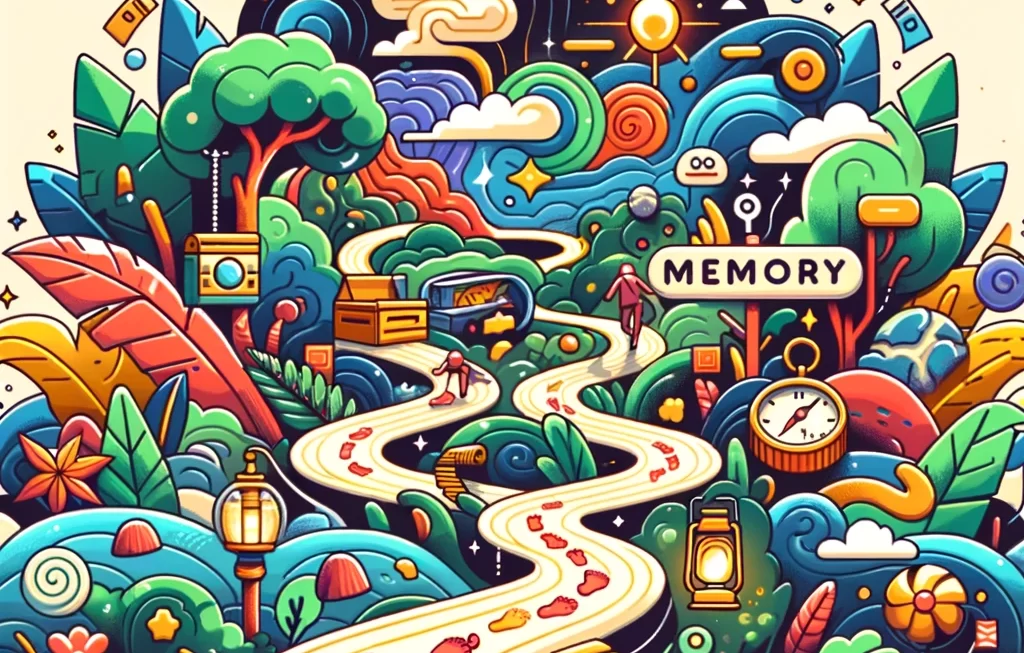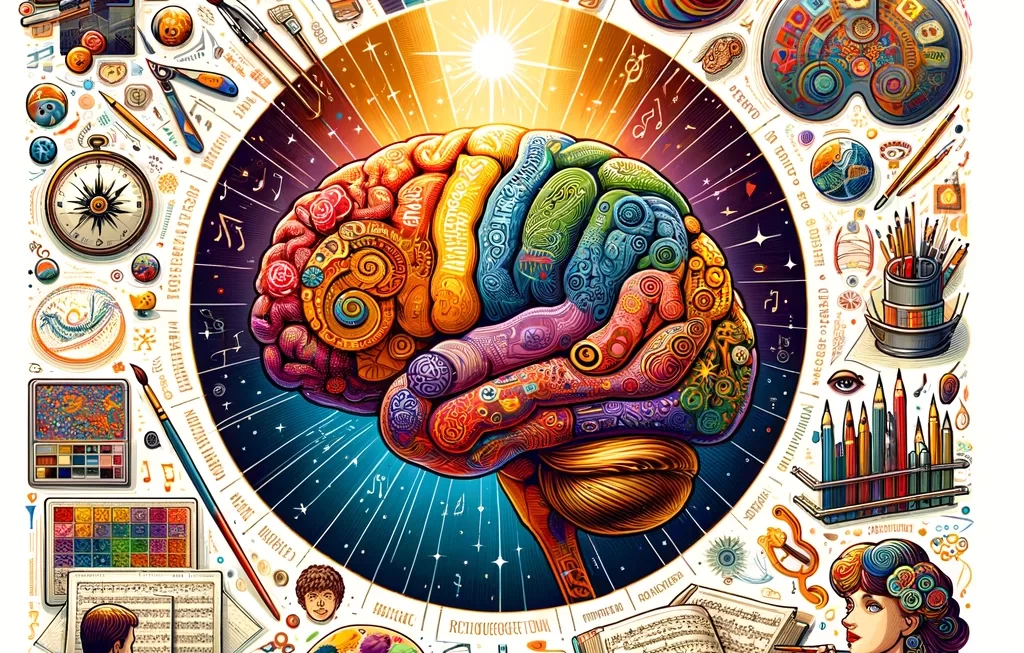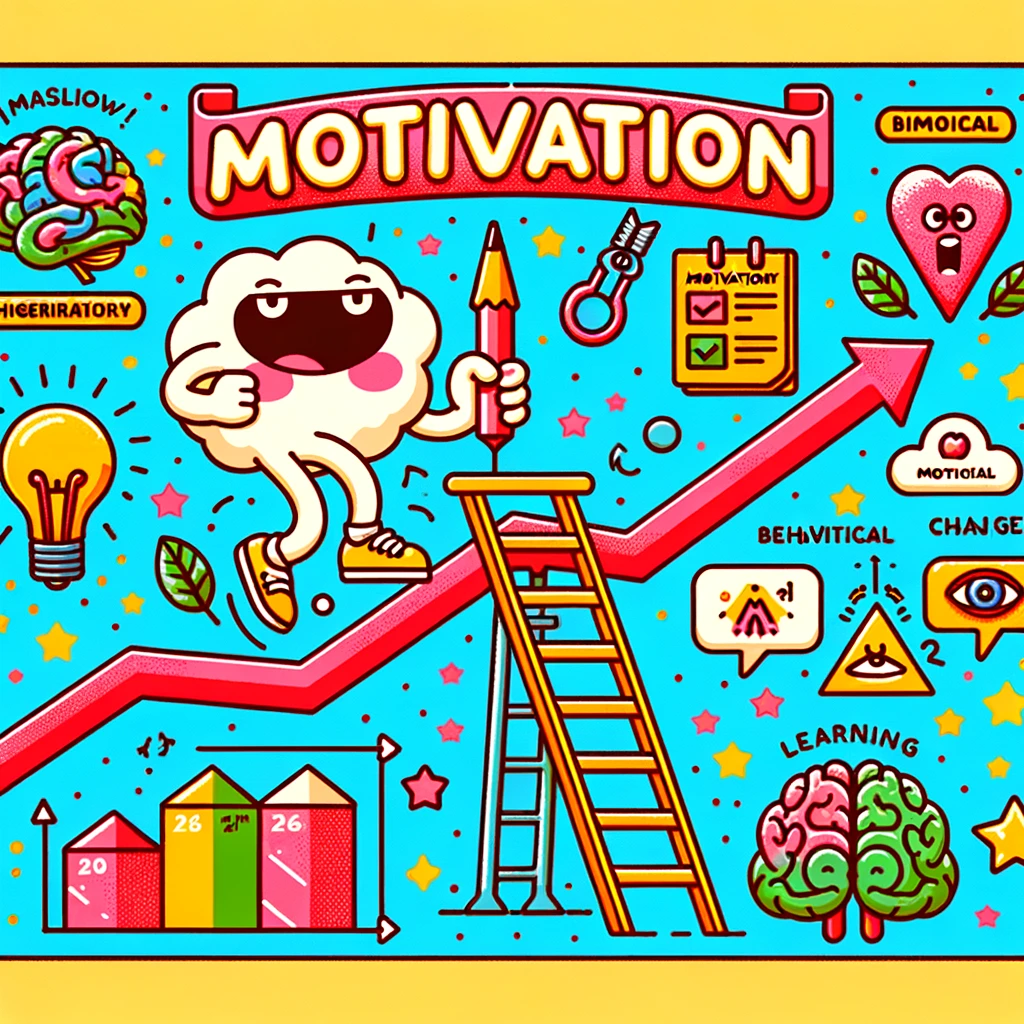Thinking: an everyday activity that’s as complex as the human mind itself. It’s the cornerstone of our existence, enabling us to navigate through life’s challenges, create innovative solutions, and make pivotal decisions. This journey into the essence of thinking will unravel the cognitive processes involved in forming ideas, solving problems, and making decisions, enriched with detailed examples and enlightening case studies.
The Intricacies of Thinking
Thinking is not just a singular act but a constellation of cognitive processes that guide our understanding and interaction with the world.
1. The Nature of Thinking
Thinking is an intricate dance of neurons, a symphony of the mind that plays out in the silent spaces of cognition. It’s our internal dialogue, the unseen force driving our actions and reactions.
2. Types of Thinking
- Critical Thinking: The art of questioning and evaluating. A detective piecing together clues to solve a mystery exemplifies critical thinking in action.
- Creative Thinking: The ability to see the world through a kaleidoscope of possibilities. J.K. Rowling’s creation of the Harry Potter universe is a testament to creative thinking.
- Reflective Thinking: A mirror to our experiences, allowing us to learn and grow. Reflecting on a personal failure to improve future outcomes illustrates reflective thinking.
3. Problem-Solving in Action
Problem-solving is a testament to human ingenuity, requiring a blend of creativity and logic.
- Example: The “Miracle on the Hudson” incident, where Captain Sully Sullenberger safely landed a plane on the Hudson River, showcases problem-solving under pressure.
4. Decision-Making Processes
Decision-making is the culmination of thinking, where choices are weighed and paths are chosen.
- Case Study: The introduction of New Coke in 1985, considered one of the biggest marketing blunders, highlights the complexity of decision-making in business.
5. The Cognitive Processes
At the heart of thinking are the cognitive processes that weave together to form our thoughts.
- Memory’s Role: Memory acts as the library of the mind, storing information for future use. The story of Solomon Shereshevsky, a man with extraordinary memory, underscores the impact of memory on thinking.
- Perception’s Impact: Our perception shapes our reality. The phenomenon of “change blindness,” where people fail to notice substantial changes in their environment, demonstrates how perception influences thinking.
The journey through the landscape of thinking reveals the depth and breadth of human cognition. From the spark of creativity to the grind of problem-solving, thinking is the essence of what makes us uniquely human. By delving into the cognitive processes behind forming ideas, solving problems, and making decisions, we gain a deeper appreciation for the complexity of the human mind.



